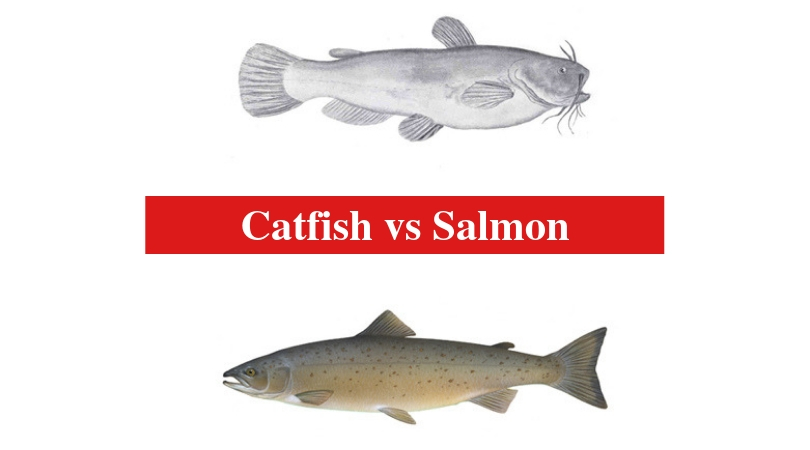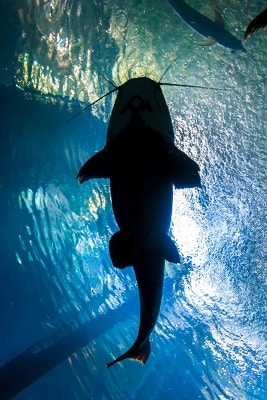
The catfish and salmon are two different fish species at the opposite ends of the food chain, in the aquatic world. The catfish is much bigger than the salmon when adults from both species are compared. Catfish are known to be invasive freshwater fish species. They multiply quickly and can deplete to the population of smaller fish in a few months if they find the fish to be suitable prey.
Catfish vs Salmon
The catfish and salmon are both highly demanded in the commercial fish market. They are fish species that consumers llike because of their nutritional benefits. The catfish is a rich source of protein, potassium and varying levels of fats. On the other hand, salmons are also rich in protein, fats, and they give off a delightful oily flavor that many consumers enjoy.
Generally, the catfish population is rising; this is the case in many parts of the world where catfish can be found. However, anglers and commercial fishers have indicated a drop in the population of the salmon. This is the experience in deep waters, and the local rivers and lakes anglers frequently visit to catch fish.
There have been studies to determine whether the invasive nature of catfish has been responsible for the declining population of the salmon. While the possibility of invasive catfish behavior cannot be ruled out as the reason for a decline in the number of salmons, some studies have indicated changes in the reproduction patterns of both fish species.
The catfish have been known to spawn at least two or three times a year, each spawning seasons, millions of catfish are reproduced in the rivers and lakes. However, the reproduction patterns on salmons yield a lower number of eggs and hatched fry.
Over the years, the catfish have been introduced in new regions. This has been done for mainly commercial reasons, to increase the population of catfish to meet the commercial demands. However, the consequence is the rapid multiplication of catfish which has become invasive, causing a shortage in other fish species such as the salmon which are smaller and easy prey for the much bigger catfish.
In this regard, the salmon can be classified as vulnerable fish species that should be protected from bigger catfish and other fish species that eat the salmons as food. The invasion of the native regions where salmons exist by the catfish could have been prevented to protect the salmons. Catfish behavior has also been determined by the salmons which are known to migrate from one place to another.
Salmons migrate during the fall, in the months of September to November. The adults become established in the seas while smaller salmons remain in rivers where the catfish eat many. This trend causes an imbalance in the system which does not favor the salmons.
Catfish also find salmons to feed on when the salmons return to the rivers during their spawning season. Sadly many of the salmons do not return to the seas, and the fry may also be eaten by catfish or other predators in the river.
Related:
